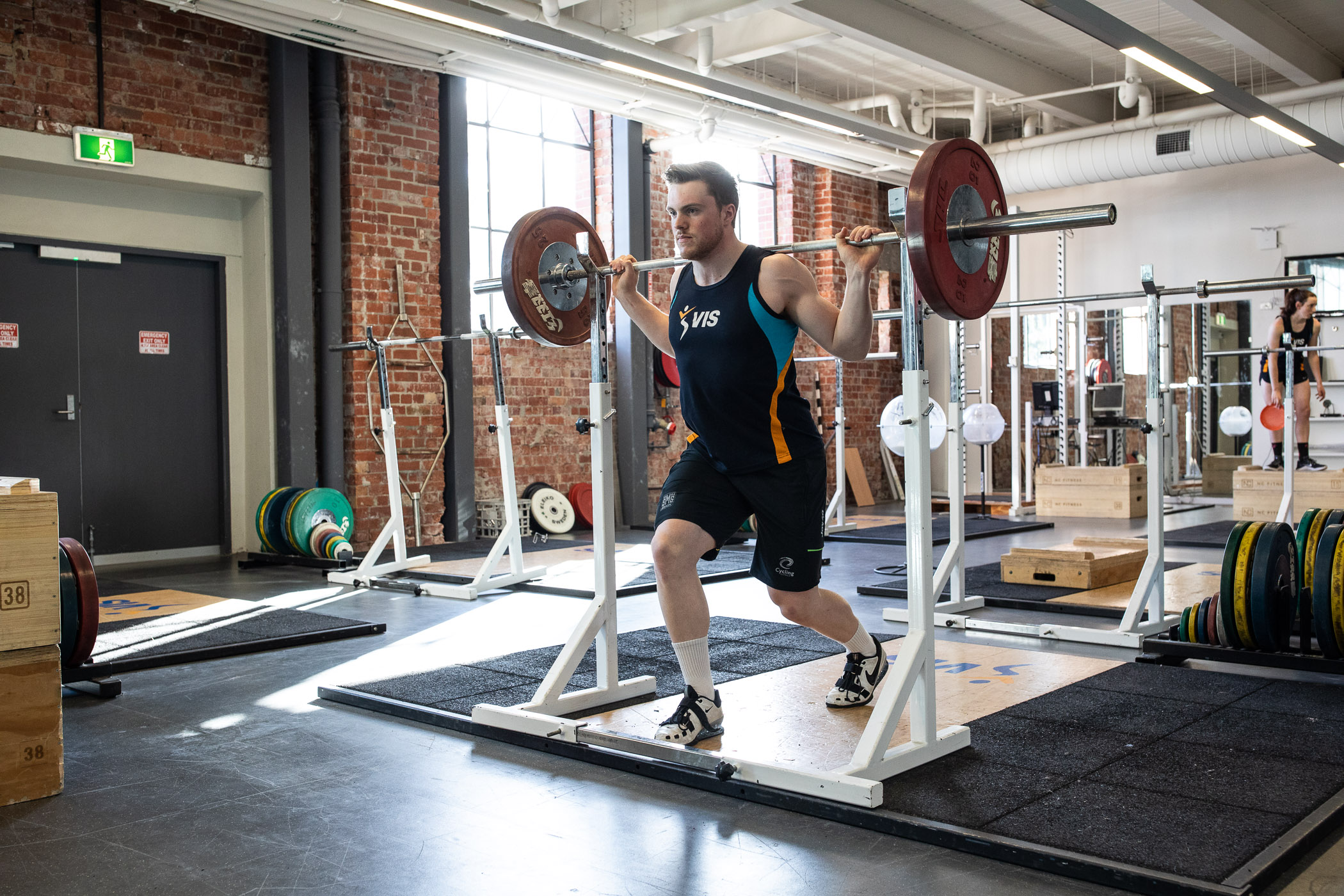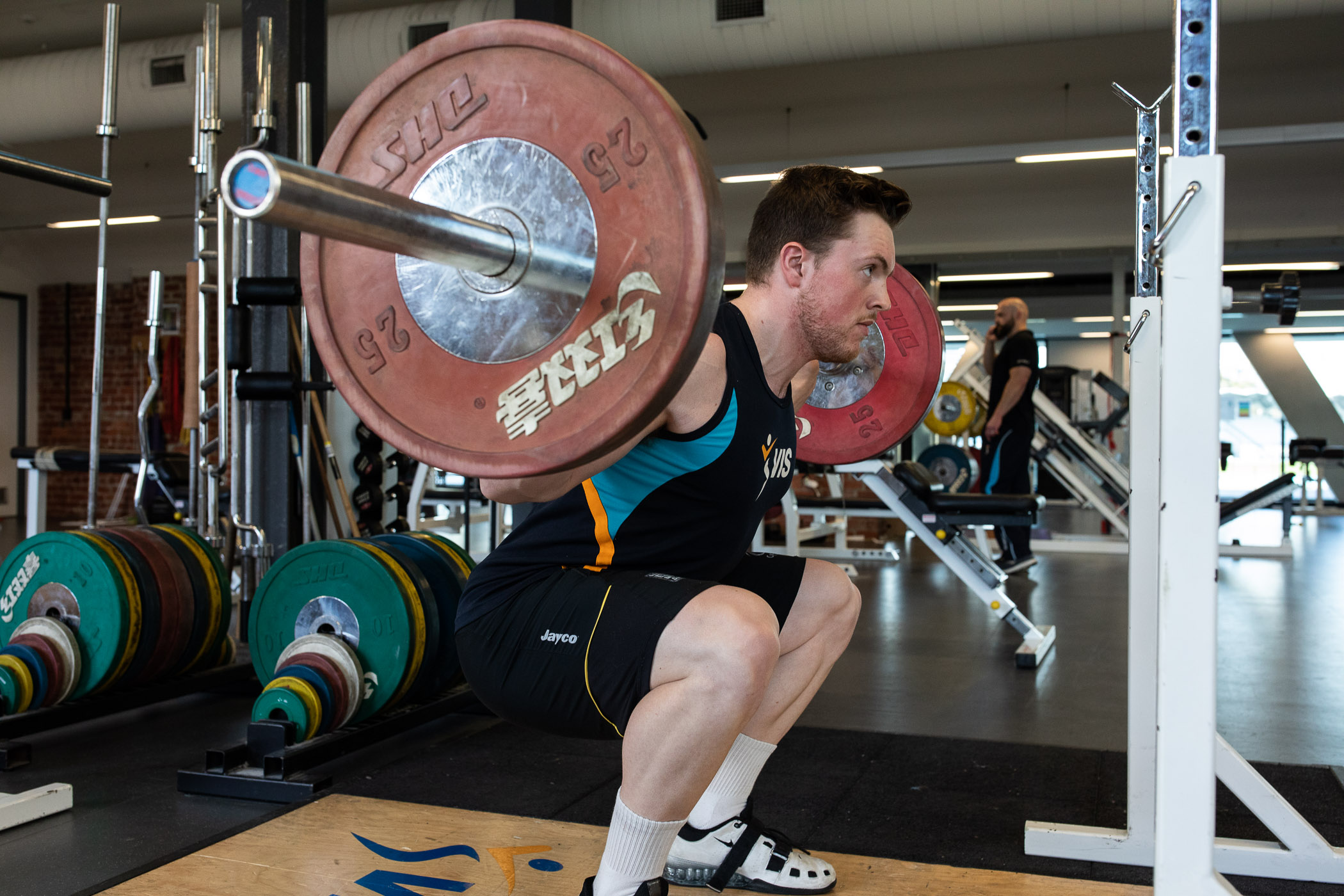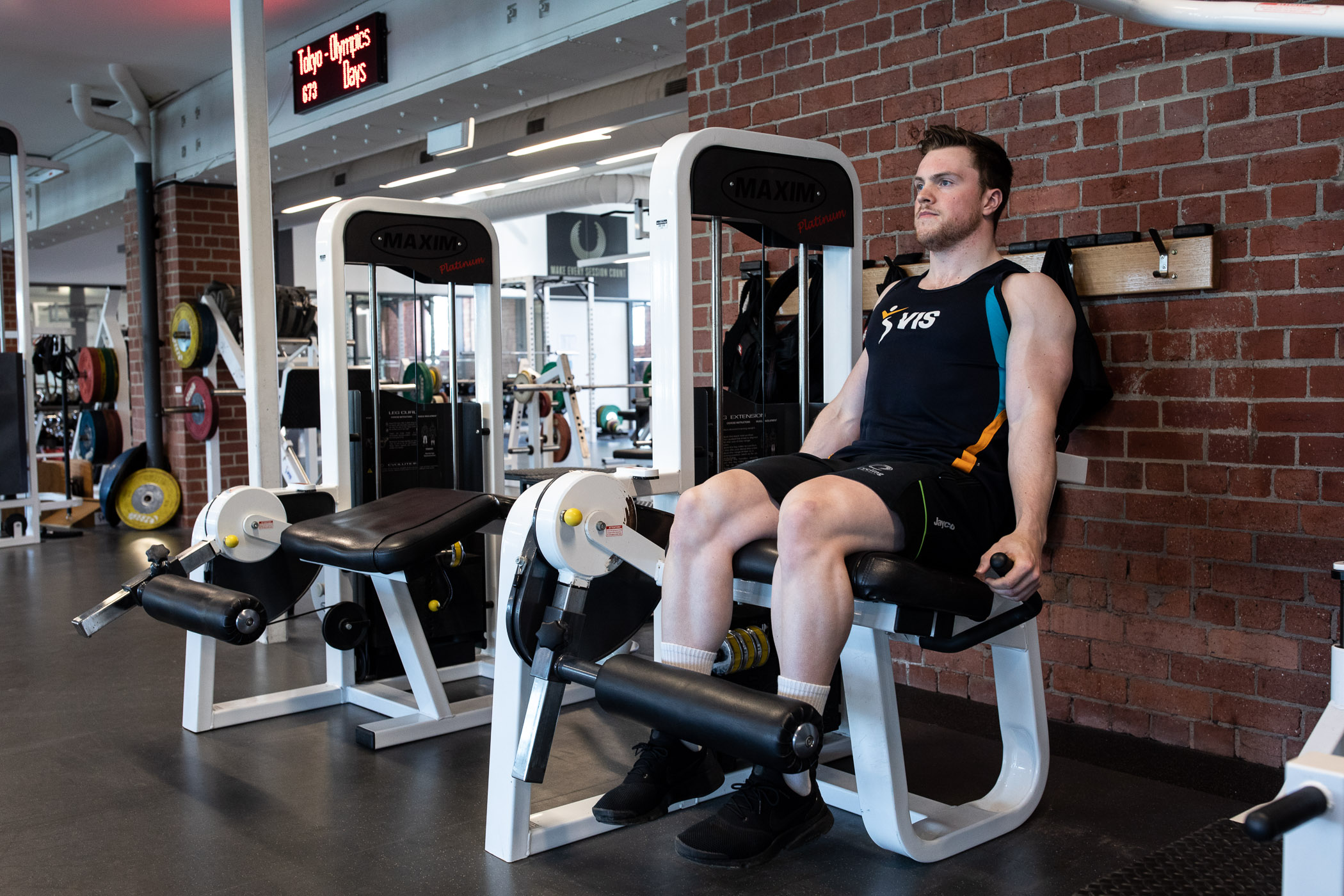As a person works their way through ACL rehabilitation on their way back to sport, there are so many things that they need to check off along the way to not only make sure that they are in the best possible condition to return to sport, but also reduce the risk of further injury to their reconstructed knee or their other knee.
Straight knee. Check.
No swelling. Check.
Quads activated and strong. Check.
Hamstrings and calf muscles strong. Check.
Neuromuscular drills. Check.
Jumping, landings and agility training. Check.
Running and sport specific training. Check.
Psychologically ready. Check.
Return to sport testing completed and passed. Check.
One of these components however seems to be a little bit more important than the others – QUADS strength; specifically the difference in quads strength between the ACLR limb and the non-operative limb, or what is better known as the limb symmetry index (LSI).
For all intents and purposes, LSI is calculated by dividing the score of the reconstructed limb by the non-reconstructed limb then multiplying x100; with most studies setting a PASS mark for LSI of >90%.
In a game-changing study on ACLR management published in 2016, two fascinating things were discovered about how important the quads really are (Grindem, Snyder-Mackler, Moksnes, Engebretsen, & Risberg, 2016). Firstly, the authors found 33% of players who returned to sport with a LSI of <90% sustained another knee injury over the next 2 years upon their return to sport, whereas only 12% sustained another knee injury over 2 years. Furthermore, the authors found that for every 1% LSI less than 90% equated to a 3% increased risk of further knee injury over the 2yr period; in practical terms this means that if an athlete chose to return to sport with 80% LSI, it carries a 30% increased risk of future knee re-injury compared to someone who returned to sport with 90% LSI.

“But Mick, you’re not specifically talking about ACL re-injuries are you. So how is this relevant?”
“Yes, but so what!? How frustrating would it be for the athlete to go through at least 9 months of blood, sweat and tears, only to get 5 games in and go down with a meniscus injury that puts them out for another 6-12 weeks? Get the quads symmetry right and you’ll reduce the risk of this happening.”
“Ok, so I need to do more squats and single leg squats with my patients then right?”
“No. There’s no doubt that those exercises can help, but you also need to do open kinetic chain exercises like knee extensions to isolate the quad on the ACLR side”
“Knee extensions!? But they’re not FUNCTIONAL, and I’ve been told that if you do them you’ll stretch the graft.”
“Sit down and let me bring you up to 2021….”

Squats are one of the common exercises prescribed for ACLR rehab. However, a recent biomechanical study showed that the ACLR patient will compensate away from their operated knee for at least 5 months post-op, even when doing body weight squats with no extra resistance (Sigward, Chan, Lin, Almansouri, & Pratt, 2018). This study found that at 3 months follow-up, the ACLR patient will unload the entire operated leg and put more weight through the unoperated leg. At the 5 month follow-up mark, ACLR patients will load more evenly between limbs but won’t allow the operated knee to bend enough, thus putting more work through to the glutes. The concerning thing about this data is that the patient is subconsciously (or consciously) unloading their operated knee at a time when running, jumping and high impact activities typically start.
To overcome this unloading/fear avoidance, open kinetic chain (OKC) exercises (eg. knee extensions) are one way to help build strength and confidence through the knee. Provided they are done at the right time and in the right range of movement…

A recent systematic review showed that OKC exercises (when prescribed after 6 weeks in a reduced ROM of 45-90deg) did not increase ACL laxity at any follow-up time point (Perriman, Leahy, & Semciw, 2018). Furthermore, full AROM knee extensions from 3 months post-op showed no increase ACL laxity at long term follow-ups (Fukuda et al., 2013; Heijne & Werner, 2007). This evidence supporting OKC exercises was also published in 3 ACLR rehabilitation evidence-based guidelines (Janssen, van Melick, van Mourik, Reijman, & van Rhijn, 2018; van Melick et al., 2016; Wright et al., 2015).
So in conclusion, quads strength matters. A lot.
To strengthen them in isolation via OKC exercise may not be “functional”, but you can not have function without the basic strength. And please don’t worry about stretching the graft. The evidence consistently shows that they can be introduced safely in full ranges of movement from 3 months onwards. They can be introduced earlier in restricted ROM (45-90deg) and isometrics at 60deg and 90deg; but do what makes you feel comfortable, and do what makes you sleep well at night.
If you do all the things with your ACLR patients as discussed in this blog, you most certainly will sleep well at night.
References
Fukuda, T. Y., Fingerhut, D., Moreira, V. C., Camarini, P. M., Scodeller, N. F., Duarte, A., Jr., . . . Bryk, F. F. (2013). Open kinetic chain exercises in a restricted range of motion after anterior cruciate ligament reconstruction: a randomized controlled clinical trial. Am J Sports Med, 41(4), 788-794. doi:10.1177/0363546513476482
Grindem, H., Snyder-Mackler, L., Moksnes, H., Engebretsen, L., & Risberg, M. A. (2016). Simple decision rules can reduce reinjury risk by 84% after ACL reconstruction: the Delaware-Oslo ACL cohort study. Br J Sports Med, 50(13), 804-808. doi:10.1136/bjsports-2016-096031
Heijne, A., & Werner, S. (2007). Early versus late start of open kinetic chain quadriceps exercises after ACL reconstruction with patellar tendon or hamstring grafts: a prospective randomized outcome study. Knee Surg Sports Traumatol Arthrosc, 15(4), 472-473. doi:10.1007/s00167-007-0313-0
Janssen, R. P. A., van Melick, N., van Mourik, J. B. A., Reijman, M., & van Rhijn, L. W. (2018). ACL reconstruction with hamstring tendon autograft and accelerated brace-free rehabilitation: a systematic review of clinical outcomes. BMJ Open Sport Exerc Med, 4(1), e000301. doi:10.1136/bmjsem-2017-000301
Perriman, A., Leahy, E., & Semciw, A. I. (2018). The Effect of Open- Versus Closed-Kinetic-Chain Exercises on Anterior Tibial Laxity, Strength, and Function Following Anterior Cruciate Ligament Reconstruction: A Systematic Review and Meta-analysis. J Orthop Sports Phys Ther, 48(7), 552-566. doi:10.2519/jospt.2018.7656
Sigward, S. M., Chan, M. M., Lin, P. E., Almansouri, S. Y., & Pratt, K. A. (2018). Compensatory Strategies That Reduce Knee Extensor Demand During a Bilateral Squat Change From 3 to 5 Months Following Anterior Cruciate Ligament Reconstruction. J Orthop Sports Phys Ther, 48(9), 713-718. doi:10.2519/jospt.2018.7977
van Melick, N., van Cingel, R. E., Brooijmans, F., Neeter, C., van Tienen, T., Hullegie, W., & Nijhuis-van der Sanden, M. W. (2016). Evidence-based clinical practice update: practice guidelines for anterior cruciate ligament rehabilitation based on a systematic review and multidisciplinary consensus. Br J Sports Med, 50(24), 1506-1515. doi:10.1136/bjsports-2015-095898
Wright, R. W., Haas, A. K., Anderson, J., Calabrese, G., Cavanaugh, J., Hewett, T. E., . . . Williams, G. (2015). Anterior Cruciate Ligament Reconstruction Rehabilitation: MOON Guidelines. Sports Health, 7(3), 239-243. doi:10.1177/1941738113517855

